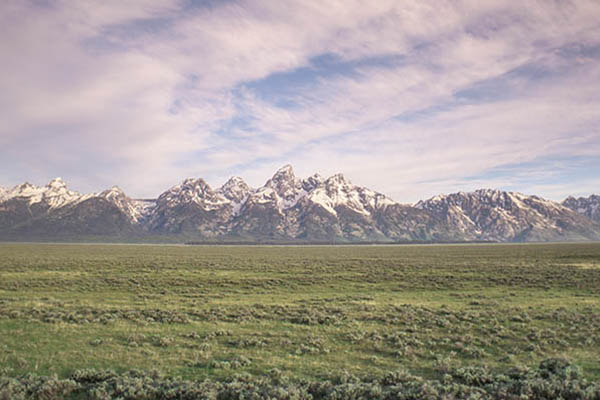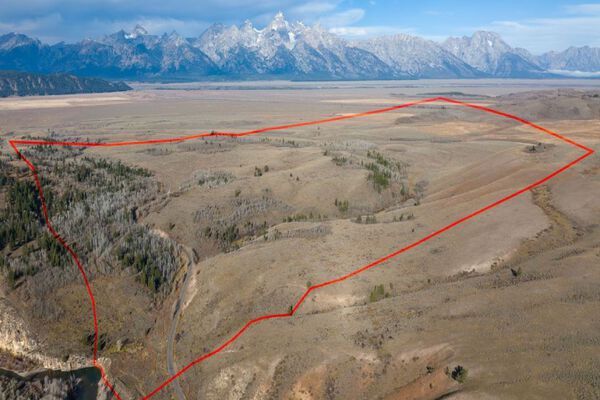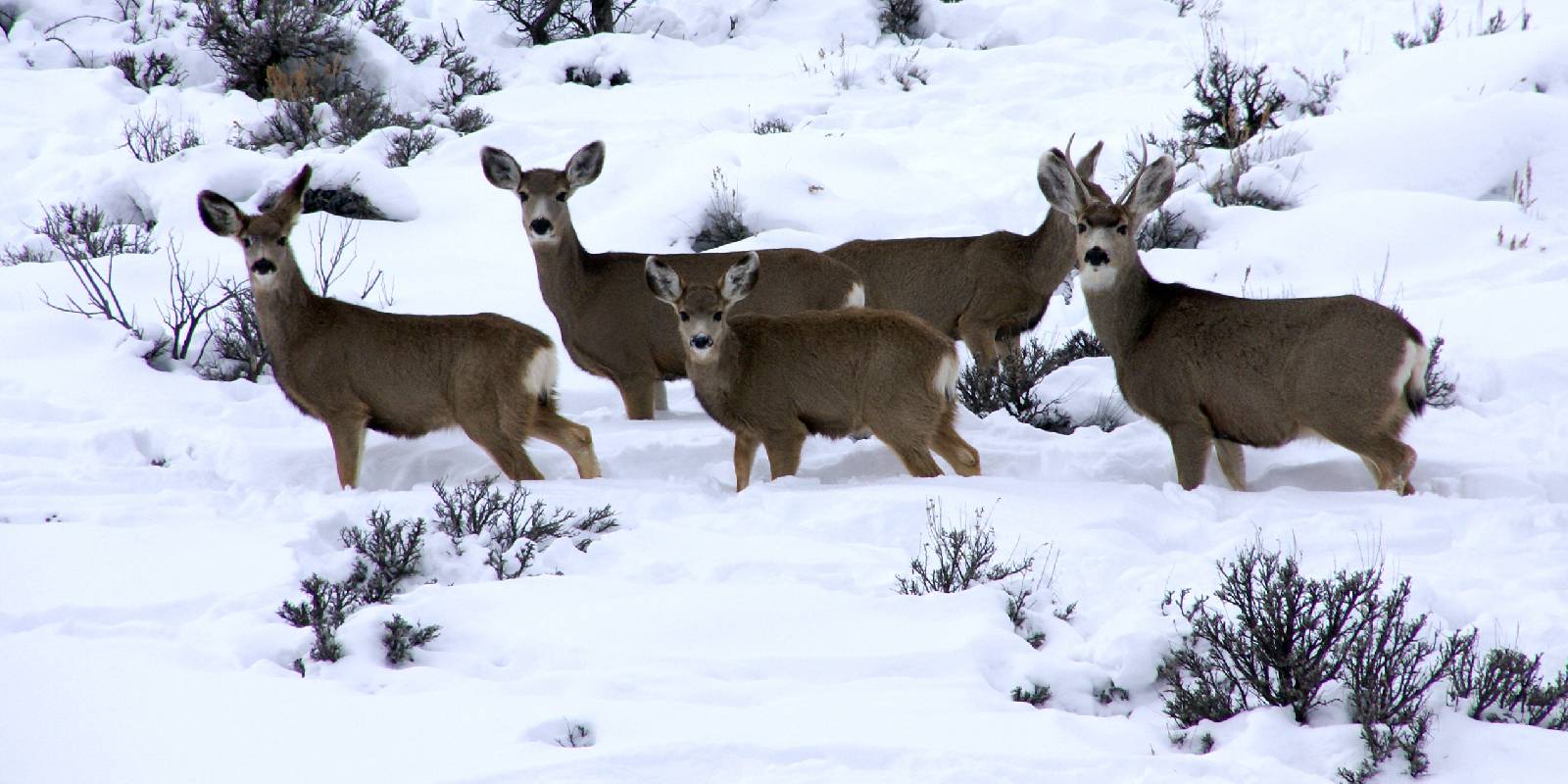MONITORING CHRONIC WASTING DISEASE
(CWD) IN UNGULATE POPULATIONS
This year, ungulate biologists will focus on monitoring elk as carriers of the chronic wasting disease (CWD)—a fatal brain prion disease that affects members of the deer family—elk, moose, deer, and caribou—in North America. This effort will highlight migration routes and seasonal use areas in and adjacent to the park to help wildlife managers determine if and what mitigation actions may help stem the spread of CWD.

CWD was first discovered in a Colorado wildlife research facility in the late 1960s and in wild deer in 1981. It now occurs in twenty-five states and has spread into parts of Wyoming east of the Continental Divide. It was first discovered in Jackson Hole in 2018 when a mule deer that had been hit by a vehicle in the southeastern portion of GTNP tested positive for the disease. In 2020, a cow elk harvested during the park elk reduction program also tested positive for CWD. The spread of CWD could have drastic impacts on the cervid populations in GTNP, so it is a major priority for park biologists to monitor its spread.










